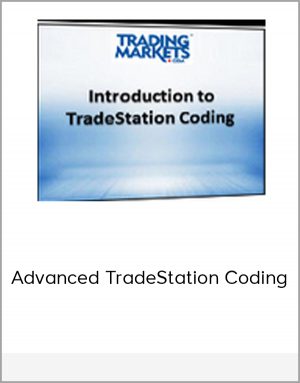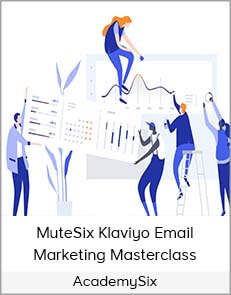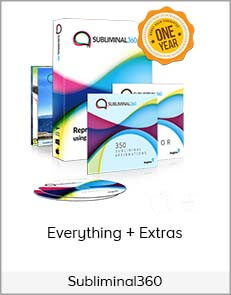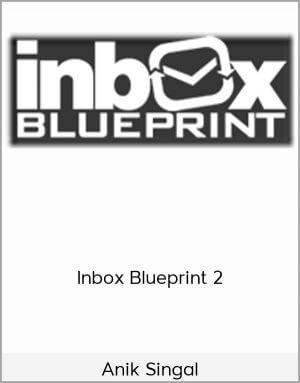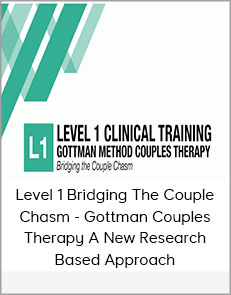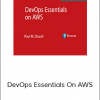Paul M. Duvall – DevOps Essentials on AWS
$40.00$125.00 (-68%)
Content for titles in this program is made available throughout the development cycle, so products may not be complete, edited, or finalized, including video post-production editing.
Paul M. Duvall – DevOps Essentials On AWS
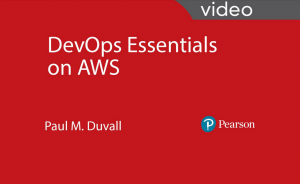
Check it out: Paul M. Duvall – DevOps Essentials on AWS
The Sneak Peek program provides early access to Pearson video products and is exclusively available to Safari subscribers. Content for titles in this program is made available throughout the development cycle, so products may not be complete, edited, or finalized, including video post-production editing.
4 Hours of Video Instruction
Quickly automate the infrastructure for your deployment pipelines using AWS services and tools.
Overview
In DevOps Essentials on AWS Complete Video Course, youll learn how to automate the infrastructure and deployment pipelines using AWS services and tools so if youre some type of software or DevOps-focused engineer or architect interested in learning how to use AWS Developer Tools to create a full-lifecycle software delivery solution, its the course for you. The focus of the course is on deployment pipeline architectures and its implementations versus software architectures (for example, monoliths, microservices, FaaS, BaaS, etc.).
Skill Level
Experienced software developer or DevOps-focused engineer or architect
Learn How To
– Use AWS Developer Tools to create a full-lifecycle software delivery solution. More specifically, learn how to
– Use AWS CodeCommit while deploying an application onto EC2 instances using AWS CodeBuild, AWS CodeDeploy, and AWS CodePipeline.
– Deploy an application using AWS OpsWorks, orchestrating it using AWS CodePipeline and integrations with AWS CodeCommit and AWS CodeBuild.
– Deploy an application using AWS Elastic Beanstalk and AWS CodePipeline.
– Deploy an application using Amazon EC2 Container Service (or ECS) along with AWS CodePipeline and AWS CloudFormation.
– Deploy an application using serverless technologies like AWS Lambda and API Gateway using AWS CodePipeline and AWS CloudFormation
– Deploy an application using AWS CodeStar, which integrates all the AWS Developer Tools into an end-to-end solution
Who Should Take This Course
Software developers or DevOps-focused engineers or architects interested in learning how to use AWS Developer Tools to create a full-lifecycle software delivery solution
Course Requirements
Software development and/or DevOps experience
Lesson Descriptions
Lesson 1: Welcome
In Lesson 1 you are introduced to the basic components and tools of a deployment pipeline, DevOps, patterns of effective culture, team organization patterns, and the basics of establishing Continuous Delivery to deliver software on demand.
Lesson 2: Static Website
In Lesson 2, you learn how to configure the course prerequisites on your computer, manually provision the static website, orchestrate software workflows in CodePipeline, store software assets in CodeCommit, build and test software in CodeBuild, describe the architecture and launch the solution, provision AWS resources in CloudFormation, and orchestrate the solution in CodePipeline.
Lesson 3: Deploying to EC2
In Lesson 3, you begin by learning the basic features of EC2, and then you learn how to deploy applications using CodeDeploy, describe the architecture and launch the sample solution, provision AWS resources in CloudFormation, and orchestrate the EC2-based solution in CodePipeline.
Lesson 4: Deploying with OpsWorks
In Lesson 4, you learn how to describe the basic features of OpsWorks, describe the architecture and launch the solution, provision AWS resources in CloudFormation, and orchestrate the solution in CodePipeline
Lesson 5: Deploying with Elastic Beanstalk
In Lesson 5, you learn how to describe the basic features of Elastic Beanstalk, describe the architecture and launch the solution on a Node.js server, provision AWS resources in CloudFormation, and orchestrate the solution in CodePipeline
Lesson 6: Deploying with ECS
In Lesson 6, you learn the basic features of EC2 Container Service (ECS) and how to describe the architecture and launch the solution, provision AWS resources in CloudFormation, and orchestrate the solution in CodePipeline. You also integrate CloudFormation deploy actions into CodePipeline.
Lesson 7: Deploying a Serverless Application
In Lesson 7, you learn the basic features of Serverless and how to describe the Serverless Application Model, describe the architecture and launch the solution, provision AWS resources in CloudFormation, and orchestrate the solution in CodePipeline
Lesson 8: Using AWS CodeStar
In Lesson 8, you learn how to build end-to-end workflows using AWS CodeStar to launch a solution from a Project Template, configure the dashboard for the project, manage code changes, deploy software, orchestrate software using Pipeline, manage team members, and extend the solution using Extensions.



